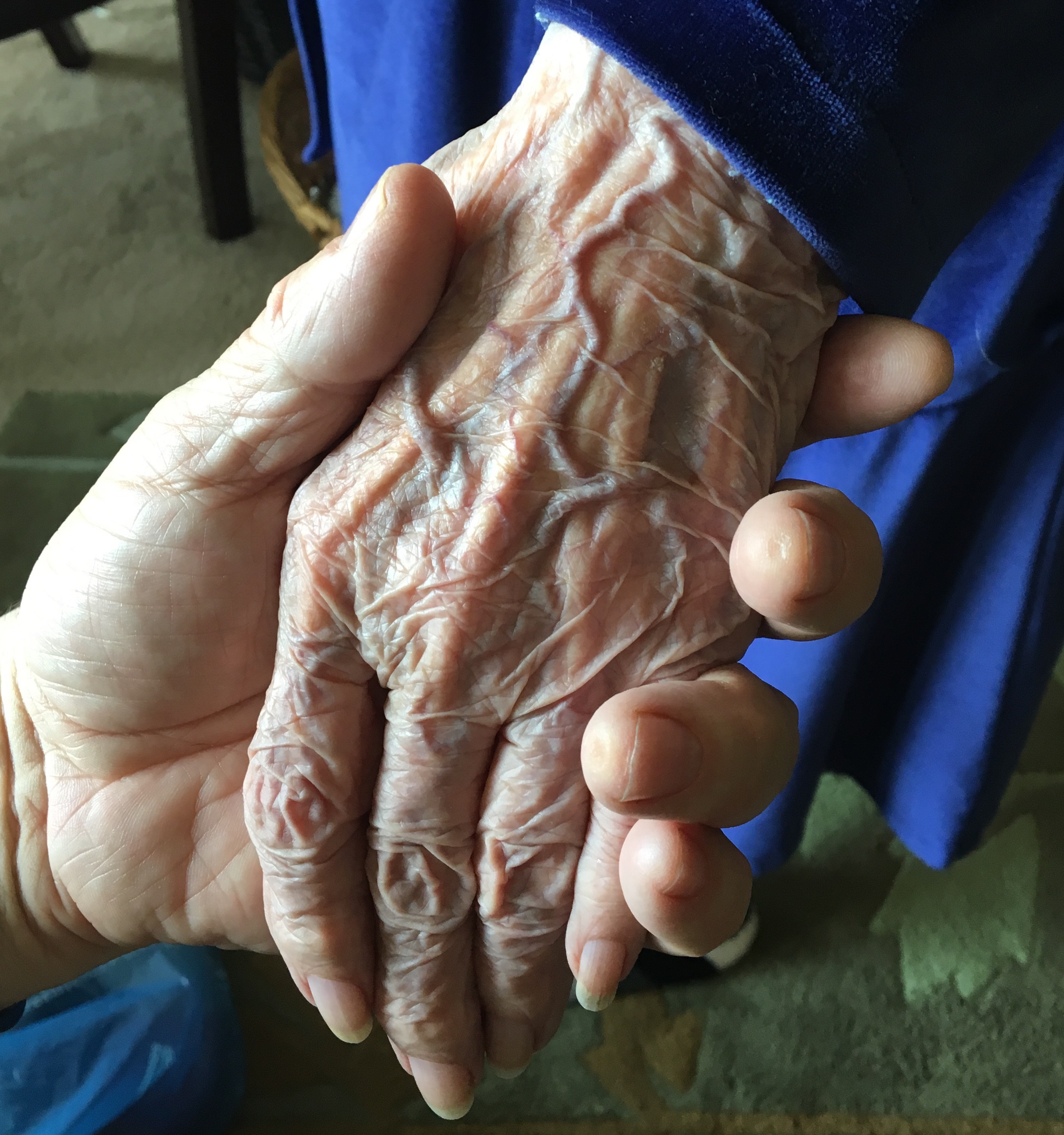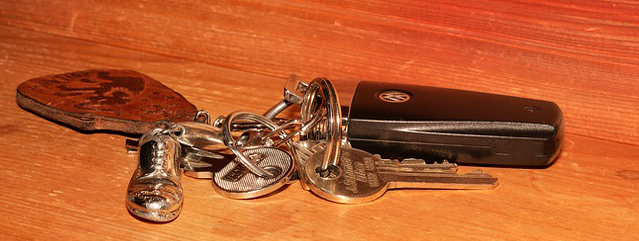
I like to believe that I’m too young to think about who will take care of me when I’m old and frail and can no longer prepare my own meals, bathe myself, or even tie my own shoes. But my father’s personal narrative has taught me to plan ahead: I now have an advance directive, and hope to have enough money set aside for long-term care costs, like an assisted living, or, do I dare say it? Nursing home. A place that most of us hope to avoid. We remind our loved ones, over and over, “Never, ever put me in a nursing home.”
My father spoke those exact words to me, time and again, in the years before he was diagnosed with Alzheimer’s, at age seventy-one, though he punctuated them with what might as well have been an exclamation point: “If you do, I won’t live a year.”
I wanted to guarantee my father that I would never “put” him in a nursing home. As his health care proxy (HCP), I did all I could to follow through with his documented wishes: “It’s my expressed desire not to be placed in an assisted living facility, or nursing home, or any other institutionalized living arrangement.” During the early phases of my father’s Alzheimer’s, he was able to stay at home with a paid companion a few hours a week. But as his disease progressed, he required full time care, twenty-four hours a day, seven days a week.
He didn’t have a wife to care for him. I live in Vermont with my husband, my older sister lives in California, and my younger brother and his wife have demanding jobs, with two young children in tow. None of us could have easily packed away our lives and moved in with our father; we had to hire a home care agency. But no way could the three of us afford the exorbitant cost of upwards of $14,000 a month for trained home care staff and case management services. This is when we cashed in on my father’s foresight: Because he’s a perennial over thinker, and could afford it, he had purchased long-term care insurance (LTC) – a policy that covers personal care in the home or institutional setting – years earlier. We managed, barely though, to keep my father at home for three years. Yes, the inevitable happened, and he’s been in a nursing home for a year now – a nice nursing home with attentive staff, decent food, lots of activities, a flower-bordered patio, and a pastel-painted dining room with tall windows.
But what happens to those who can’t afford the prohibitive price for long-term care insurance, or the out-of pocket costs for home care services – services typically not covered by insurance – or the fees for a nursing home? In the U.S, with the older population – people sixty-five and older – at nearly close to fifty million, which is predicted to nearly double to an eye-popping ninety eight million by 2060, I imagine those kinds of questions are being asked at a lot of dinner tables. My husband, his siblings, and I, ask one another those questions as we scramble to piece together a plan to care for his eighty-eight-year-old mother, who is blind in one eye and has dementia. Her dementia is at a stage where she doesn’t need to be in a nursing home or an assisted living facility. But she no longer drives, and needs assistance preparing some meals and doing household tasks, she is also at high risk for falling. But she doesn’t have the funds to pay for home care. That leaves her with one option left: family. For now, one of her sons, who recently resigned from his job, is living with her full-time. But that’s not sustainable, financially or emotionally, for her son. Fortunately, my husband comes from a large family, and his siblings are willing to sign up for shifts.
Here’s why having family available to help is a saving grace: Taking into account three types of care – assisted living, independent living, and memory care – the average monthly cost in the U.S. is nearly $4,000. The Northeast is the most expensive in the nation: just over $5,000 a month. The average daily cost of nursing home care runs about $250 a day for a private room, more than $90,000 a year. But nursing home care is a whole different animal from other types of elder care, and this is where it gets confusing: If you, or your loved one, need nursing home services on a temporary basis – due to an illness or injury – and you have Medicare, great, the government will pick up your tab, but, of course, only if certain requirements are met. And they’ll pay the full cost for only so long: exactly twenty days. For the next eighty days, you get to pitch in: about $130 a day. On day one hundred, Medicare is no longer an option. And they don’t pay for long-term nursing home care. If you can’t afford LTC, and you don’t have Medigap – a non-government insurance plan – and are not a veteran, that’s when you dig deep into your pockets, cash in life insurance policies, reach out to family, praying you haven’t done anything to offend them, or, to qualify for Medicaid, sell just about every last possession you own, including your house.
That’s why procrastination isn’t your best friend. Where do I start? You might ask. A Place for Mom, the largest senior living referral service in the U.S., offers tips on how to prepare for the kind of care you might need as you age. If you believe you’re immune to aging, even after reading this post, I should share with you what James Salter, author of All That Is , has to say: “Age doesn’t arrive slowly, it comes in a rush … You are the same and still the same and suddenly one morning two distinct lines, ineradicable, have appeared at the corners of your mouth.”
Since I can’t bear ending on a minor key, I’ll leave you with this: You have a voice, so don’t be afraid to use it. Speak out, share your concerns about the rising costs of long-term care, even if your voice is out of tune: As Joni Mitchell says, “The more out of tune voices the better.”
This above post was originally published on June 3, 2016 at Strategy Health Care
Read More






Recent Comments